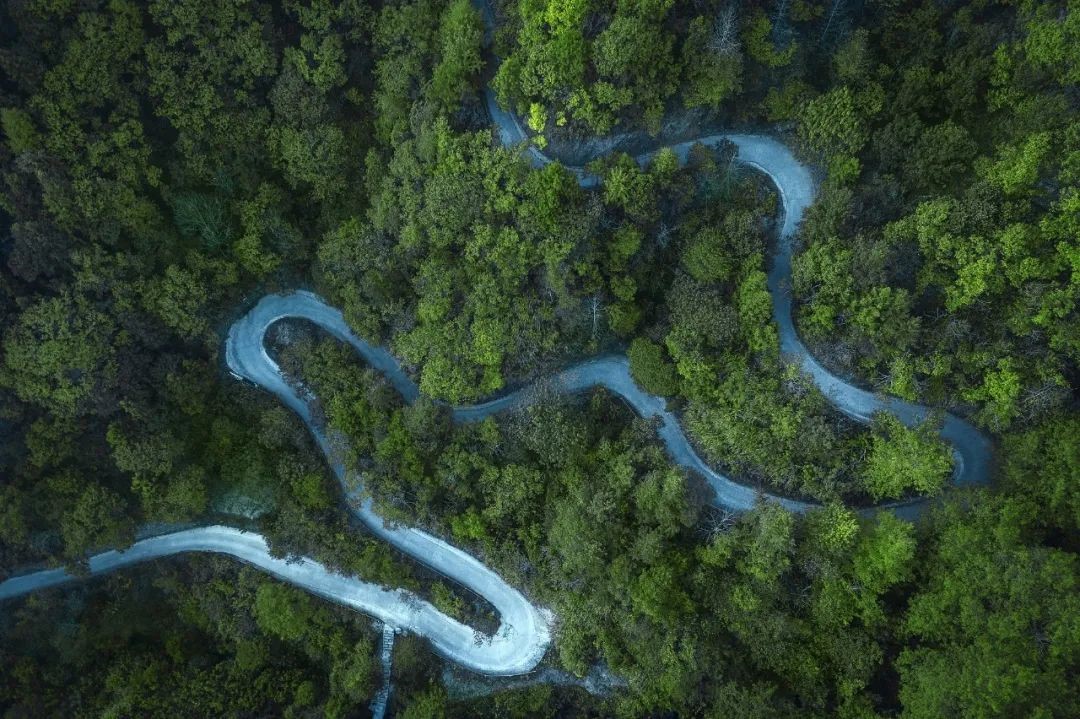Artificial Intelligence Facilitates High-quality Development of Forest and Grassland Industry
Produkty, Rozwiązania i usługi dla przedsiębiorstw
Forests and grasslands are vital natural ecosystems that play a fundamental and strategic role in safeguarding national ecological security and advancing the establishment of an ecological civilization. China's '14th Five-Year Plan for Forestry and Grassland Protection and Development' introduces a new generation of information technology, particularly artificial intelligence, to establish a sophisticated and efficient forest and grassland ecological network perception system. This system aims to promote the high-quality development of the forest and grassland industry. As a significant catalyst for the development of the AI sector, innovative AI technologies are applied to the forest and grassland industry to bolster capabilities such as forest fire prevention and biodiversity conservation.

In recent years, escalating climate change and an increase in instances of extreme weather have amplified the global risk of forest fires. However, the state of forest and grassland fire prevention in China is bleak, necessitating urgent enhancements to the timeliness and accuracy of the forest fire prevention system. The new AI-based forest fire prevention detection and warning platform effectively addresses the preceding challenges and integrates advanced infrared detection technology, high-definition visible light video technology, and intelligent pyrotechnic identification technology. The platform transmits unstructured data such as pictures and videos to command centers via on-site forest detection equipments. Then, the built-in forest fire prevention detection and warning system, coupled with algorithms on the intelligent edge server, conducts comprehensive analysis, enabling continuous 24/7 observation and automated fire alarms.
The forest fire detection and warning platform uses front-end and edge AI to effectively improve identification timeliness and accuracy and reduce the false positive rate of fire incidents. The false positive rate is fewer than three instances per day per 10,000 hectares, and the comprehensive accuracy is greater than or equal to 99%. At the same time, the platform incorporates a user-friendly electronic compass interface, providing a real-time display of detection angles and the horizontal cruise positions of detection equipment. The interface also offers multi-dimensional information windows, including alarm location, time, type, and status, as well as fire coordinates, types, and persons responsible. In these windows, operations such as real-time video playback, alarm linkage, video recording review, alarm verification, and satellite and UAV confirmation can be quickly completed. The platform's devices have root technologies from hardware to system. With integrated deployment of software and hardware, service rollout time is shortened to one week and intelligent remote O&M is supported.
Forest fire prevention detection and early warning platforms have been deployed across provinces such as Henan and Sichuan, forming a comprehensive forest and grassland prevention and firefighting network. For example, a city in Henan has built a three-level forest fire prevention detection system for the city, the counties, and all forest areas, achieving seamless interconnectivity. Transferring information, such as live forest area data, audio, video, and fire site images to detection and early warning centers at all levels in a timely and accurate manner improves the accuracy of pyrotechnic identification and reduces the false positive rate. By deploying 34 sets of forest fire video detection systems and 38 sets of checkpoint detection equipment, the video coverage of key forest fire prevention areas has exceeded 80%.
Biodiversity serves as the cornerstone of human survival and the Earth's life community. In the past, safeguarding and researching species such as the "King of Snow-Capped Mountains," the snow leopard, involved setting up infrared equipments in the wild and analyzing the captured images. This process required workers to travel across mountains and rivers, but also relied on the naked eye of researchers to identify behavioral or habitat changes. What made this even more difficult was that multiple infrared equipments had to continuously capture images all year round, generating a large amount of data and necessitating substantial manpower. This is where AI comes into play. The open source model, based on the powerful MindSpore AI framework, was first applied to infrared image species capture, generating amazing results. Based on the YOLOv3 target detection model, the researchers developed a single inference display page and batch inference tool for rapid processing of infrared photos. In fact, AI required only two and a half days to identify 500,000 images, a task that would take over a month through manual screening. Ascend AI's deep learning algorithm continually refines image recognition models using existing data, progressively boosting recognition speed and recognition recall rate. At present, the trained model can identify more than ten species or species categories common in the infrared data of Sanjiangyuan, including snow leopards, red foxes, and Bharals. Verification tests indicate an overall recognition accuracy of about 92%, with snow leopard identification exceeding 95% accuracy. The MindSpore AI framework significantly streamlines early image screening, enabling preliminary insights into animal behaviors and habitat range through big data analysis. This accelerates conservation research efforts and aids in protecting endangered species.

Huawei's collaborations have benefited many provinces in China like Sichuan, Heilongjiang, Guangdong, Henan, and Hainan in elevating their forest fire prevention and biodiversity conservation efforts. Huawei remains committed to cooperating with forestry and grassland authorities worldwide, as well as stakeholders at various levels, to propel the industry's high-quality development through innovative technologies such as artificial intelligence, thus contributing to a more beautiful world.